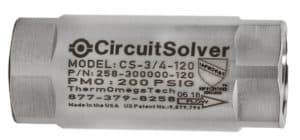In food processing, dairy, beverage, chemical, petrochemical, and pharmaceutical facilities maintaining a clean environment is critical. High-temperature washdown equipment is used to quickly and efficiently clean and sanitize equipment in place to keep production running on time. These washdown stations mix steam and cold water to provide hot water for facility clean-up.
Maintaining competitor washdown units can be time-consuming due to complex disassembly, special tooling requirements, and non-reusable components. ThermOmegaTech, a leader in self-actuating thermostatic valve technology, supplies an innovative solution to the challenge of difficult to maintain washdown units.
ThermOmegaTech’s STVM Washdown Station delivers a high-temperature wash at a user-defined temperature using our proprietary Silent Venturi Mixing Valve (STVM) to combine steam and water. Our mixing valve’s design is self-scouring, which prevents mineral buildup in tight spaces and reduces maintenance frequency.
To minimize downtime during routine maintenance, the STVM Washdown Station has a simple cartridge design, which is removed with a wrench and cleaned in a descaling solution before reassembly. The station is in-line serviceable, so the operator simply switches out the STVM Cartridge with a spare and the unit is operating in minutes.
Worker safety is every facility’s priority, so we built it into our washdown’s operation.
“The STVM Washdown Station has two safety features to keep your employees safe. One, the mixing valve is designed to reduce flow if the output temperature exceeds the factory set-point and will completely stop flow 15°F above that,” Nick Tallos, ThermOmegaTech’s VP of Engineering said. “Two, the unit has interlocking steam and water shut-off ball valves, so both inlets shut-off at the same time to prevent accidental steam-only, ‘hose full of steam’ operation.”
Due to the unique design of the STVM Cartridge’s water and steam mixing spool, the unit operates at around 20 decibels less than competitor washdown units. This reduces overall operator stress and improves workplace conditions.
The unit functions completely mechanically and requires no outside source of electricity to operate. Compact and reliable, the STVM Washdown Station is a beneficial addition to any facility.
Originally published in The National Provisioner.
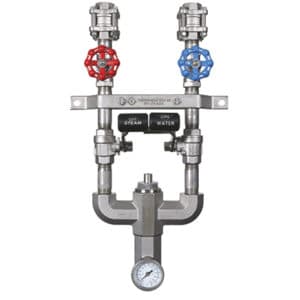
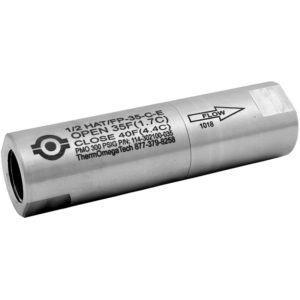
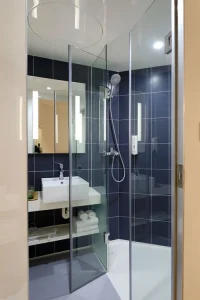
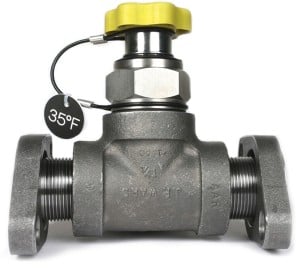 From the Bucks County Courier Times Success Through Diversity
From the Bucks County Courier Times Success Through Diversity